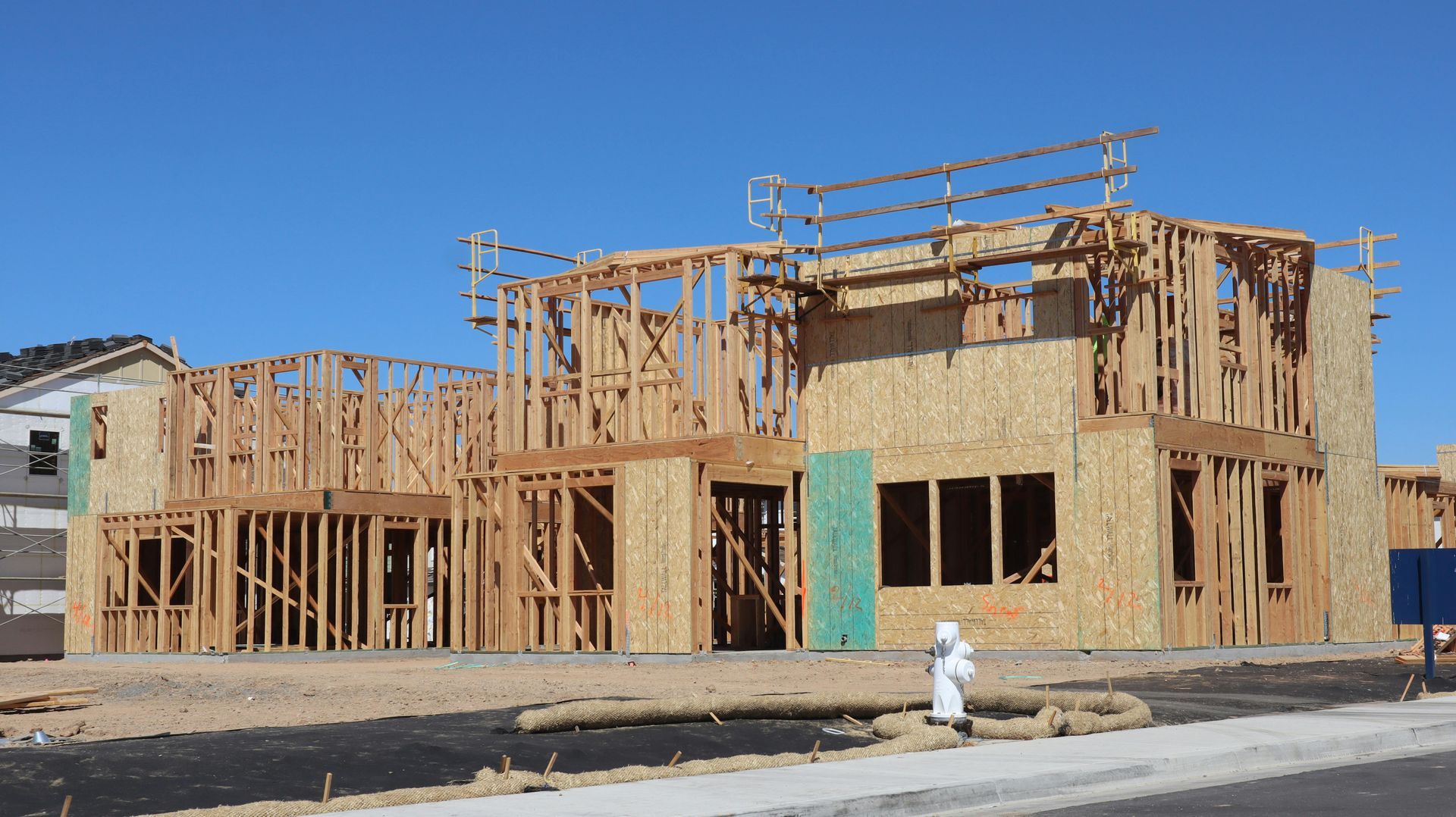Louisiana REALTORS® Rental Assistance Update
Louisiana REALTORS • January 19, 2021
In late December 2020, federal legislation was passed to allocate $25 billion nationwide to be utilized for rental and utility payments for those adversely affected by the COVID-19 pandemic. These dollars are not yet available as there are still several details that need to be worked out by both the federal and state government regarding how to disperse the funds.
Louisiana REALTORS® is in consultation with Governor John Bel Edwards’ office to ensure property owners’ positions are communicated as the program to disperse these funds is developed, and LR will serve as a resource to the administration moving forward. The Governor’s office has assured Louisiana REALTORS® that its focus will be on providing rental payments rather than utility payments (which is authorized by the federal legislation).
Louisiana anticipates receiving $308 million of the $25 billion, according to guidance from the U.S. Treasury Department. According to Gov. John Bel Edwards' office, the state's share of the money will be administered by the Louisiana Housing Corporation in less populated areas and by local government where there is a parish population of 200,000 or more. Those parishes include Orleans, Jefferson, St. Tammany, East Baton Rouge, Lafayette, Caddo and Calcasieu.
The U.S. Treasury Department released a helpful document on January 19, 2021, to address many frequently asked questions about the program. Please see below. While this gives beneficial information, there are still many unknowns about how the program will work.
Please check back here regularly; we will provide updates on this topic as useful information is made available.

As previewed last week, NAR is pleased to share the latest consumer guide focused on buying land and building a new home. This guide covers how to find land for sale, explains construction loans, and weighs the pros and cons of building a custom home. As a reminder, all guides in this series are available for download—in both English and Spanish—on facts.realtor . Please allow a few days for the Spanish version of the latest resource to be translated and uploaded. For ease of reference, below is a list of the most recent guides: NEW: Buying Land and Building a New Home Deeds and Titles Alternative Listing Options Navigating Multiple Offers Homeowners Associations Thank you for continuing to engage with the “Consumer Guide” series and for sharing the resources with prospective clients to ensure they have the information they need to find success in their homebuying or selling journey. Remember that these guides are for informational purposes only and are not meant to enact or change any existing NAR policy. Be on the lookout for next week’s guide on Wednesday, which will cover property title theft.

As previewed last week, NAR is pleased to share the latest consumer guide focused on deeds and titles. This guide covers the difference between a deed and a title, common types of deeds, and title searches and insurance. As a reminder, all guides in this series are available for download—in both English and Spanish—on facts.realtor . Please allow a few days for the Spanish version of the latest resource to be translated and uploaded. For ease of reference, below is a list of the most recent guides: NEW: Deeds and Titles Alternative Listing Options Navigating Multiple Offers Homeowners Associations Marketing Your Home Thank you for continuing to engage with the “Consumer Guide” series and for sharing the resources with prospective clients to ensure they have the information they need to find success in their homebuying or selling journey. Remember that these guides are for informational purposes only and are not meant to enact or change any existing NAR policy. Be on the lookout for next week’s guide on Wednesday, which will cover buying land / constructing a new home.


